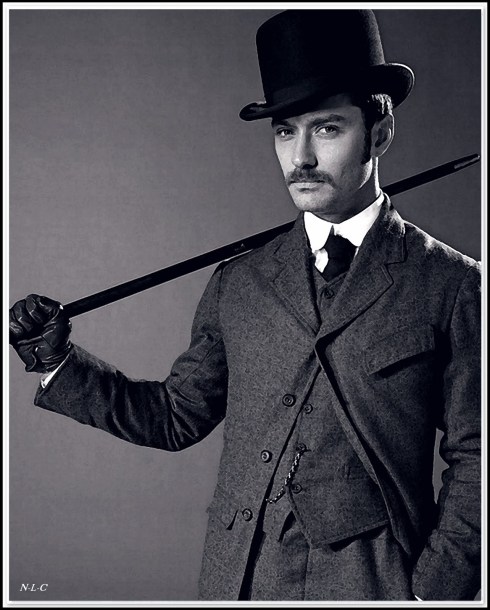I am still a bit preoccupied with the ongoing World War I commemoration, even though it’s obviously going to go on for some time and I’m up in Maine on vacation: pretty pictures to follow, but for today images that (while colorful!) could certainly not be called pretty. I was clicking around the vast British Library site devoted to the Great War, which is incredibly resourceful in myriad ways, when I came upon some of the wartime images of the Russian abstract artist Kazimir Malevich (1878-1935). I sort of knew about him–but not really: his name conjured up distant images of the iconic “black square” painting which is quite simply a black square and little else. He was actually an artist who worked in several mediums and experimented with different depictive approaches, most prominently a Cubist-inspired geometric abstraction which was labeled “Suprematism”. He clearly loved shapes. I naively thought of him as simply a Russian Revolutionary artist, but in fact he was born in Ukraine to Polish parents and his work was suppressed in the Soviet Union during the 1930s. I have not idea what his identity was, but his World War I posters are very decidedly anti-German and immediately accessible: by merging the folkloric and the geometric–and using a bright, simplistic palette–he was able to make some pretty powerful statements, which were published as posters and postcards. World War I is known for its strident and sophisticated (but not subtle!) propaganda, another form of warfare itself, and Malevich’s images are great examples: they represent the shape of war but also of things to come.
Look, Just Look, the Vistula is Near (1914); © Kazimir Malevich.
The Butcher came along to Lodz, We said “My good Sir” (1914) © Kazimir Malevich. A depiction of the Russian victory–and defense of Warsaw– at the Battle of Lodz in the Fall of 1914.
(Kaiser) Wilhelm’s Merry-Go-Round (1914); © Kazimir Malevich and Vladimir Mayakovsky (text).
Our French allies have a cart full of dead Germans, and our English brothers – a whole basket too (1914); © Kazimir Malevich and Vladimir Mayakovsky (text).
What a Boom, What a Blast (1915); National Library of Australia.
All images, except the last, at the British Library World War One site. Malevich is having a moment, and an exhibition: “Malevich: Revolutionary of Russian Art”.



































































